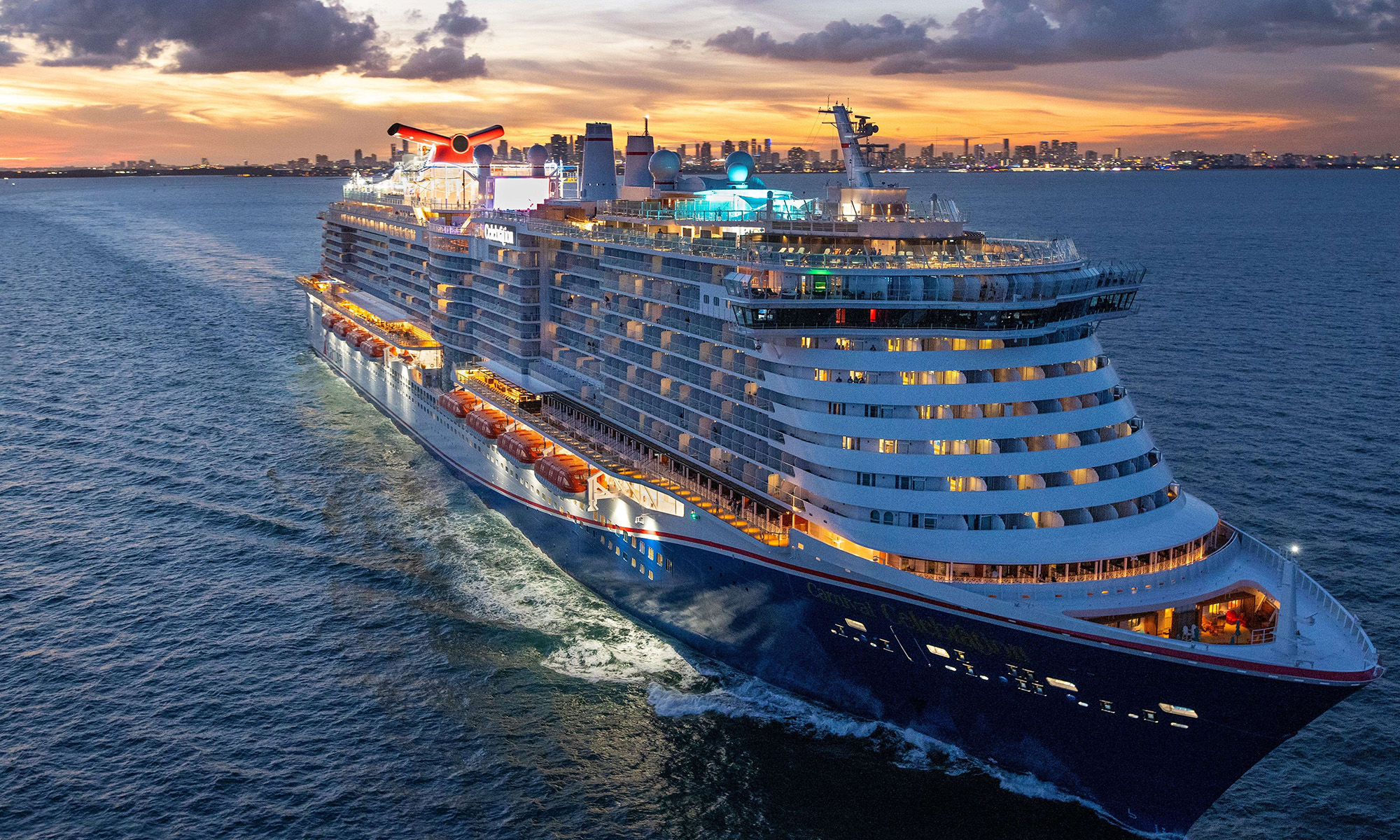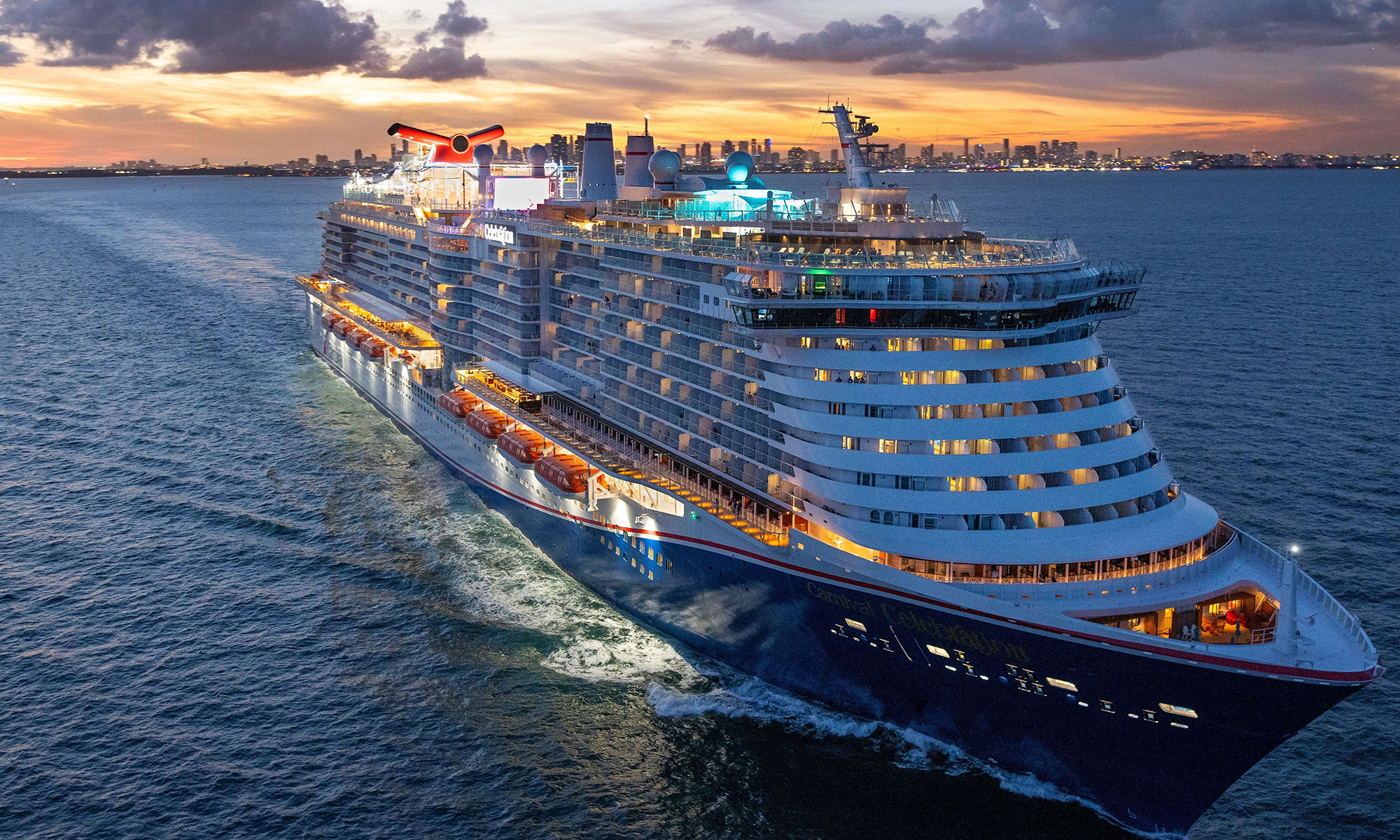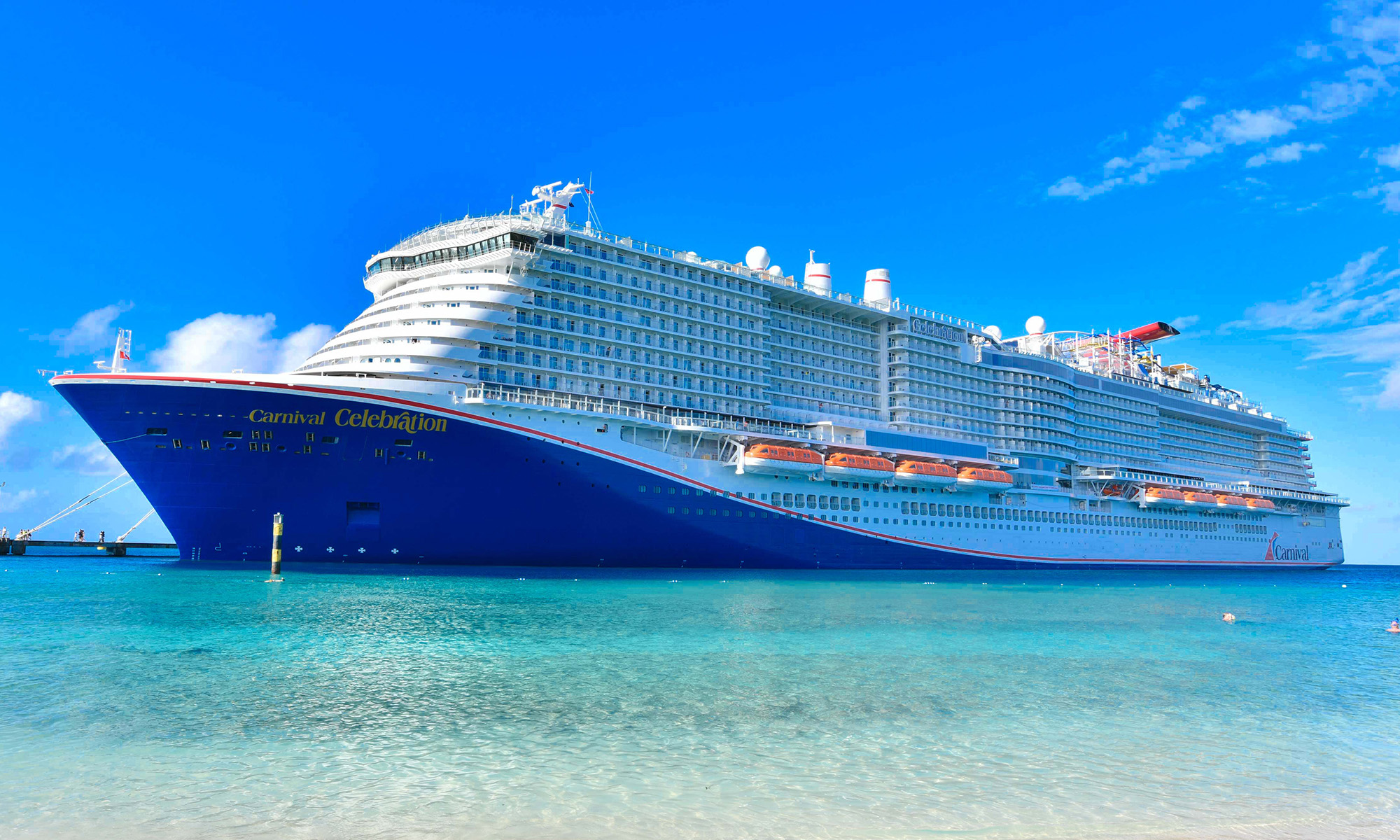Shares of Carnival Cruise Lines (CCL 1.14%) (CUK 0.91%) were on a roller-coaster ride today, at first rising as much as 6.1% this morning, before falling into the red, declining 4.3% on the day as of 3:30 p.m. ET.
Carnival delivered its third-quarter earnings report this morning, which continued a streak of impressive revenue and profit beats.
So, what caused the subsequent sell-off? Likely, the reason had to do with Carnival's plans to potentially dilute shareholders to pay off its outstanding convertible debt.

NYSE: CCL
Key Data Points
Carnival crushes estimates again
In the third quarter, Carnival delivered revenue of $8.12 billion, up 3.3%, with adjusted non-GAAP (generally accepted accounting principles) earnings per share up 12.3% to $1.43. Both figures handily beat expectations.
Carnival also beat across the board on several granular metrics, such as higher net yields, lower costs per available lower berth day, adjusted earnings before interest, taxes, depreciation, and amortization (EBITDA), and others.
Not only that, but Carnival raised its full-year 2025 guidance across all of these financial metrics as well.
The beat-and-raise quarter likely led to the initial appreciation in the stock. But a reversal emerged when investors realized Carnival had also issued a note of redemption of all of its outstanding convertible notes, which totaled about $1.31 billion as of the end of August. In its press release, Carnival said it was seeing to redeem all the notes with a mixture of cash and equity.
Any equity issuance would be dilutive to current shareholders, which may have caused some to factor in future dilution, and given others an excuse to take profits after the stock's strong performance over the past few months.

Image source: Getty Images.
Carnival has outperformed, but its debt load remains high
Carnival's market cap of $39.4 billion plus its current net debt around $25.4 billion yields an enterprise value of around $64.8 billion. Meanwhile, this year's EBITDA guidance is $7.1 billion, leading to a 9.1 EV/EBITDA ratio. That's not particularly expensive, but also not particularly a bargain for a company with lots of debt.
Management said it was looking to drive its debt-to-EBITDA ratio below 3, and that figure now stands at 3.57. Paying off convertibles will help, but there are still some ways to go to get that leverage ratio down. If and when Carnival achieves its goal, it may be able to get an investment-grade rating and therefore a better interest rate on its substantial debt burden.
Carnival has performed outstandingly since the pandemic, but the debt hole it dug for itself during the 1.5-year stoppage will take some time to pay off. That may keep the stock in check despite the company's outstanding earnings growth.






